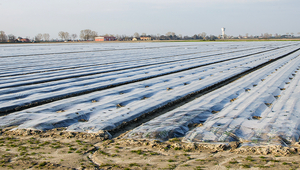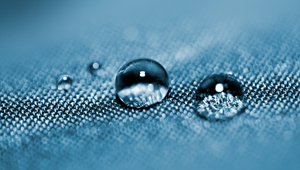Archive News
September 11, 2018
August 28, 2018
July 26, 2018
July 12, 2018
June 19, 2018
May 18, 2018
April 16, 2018











